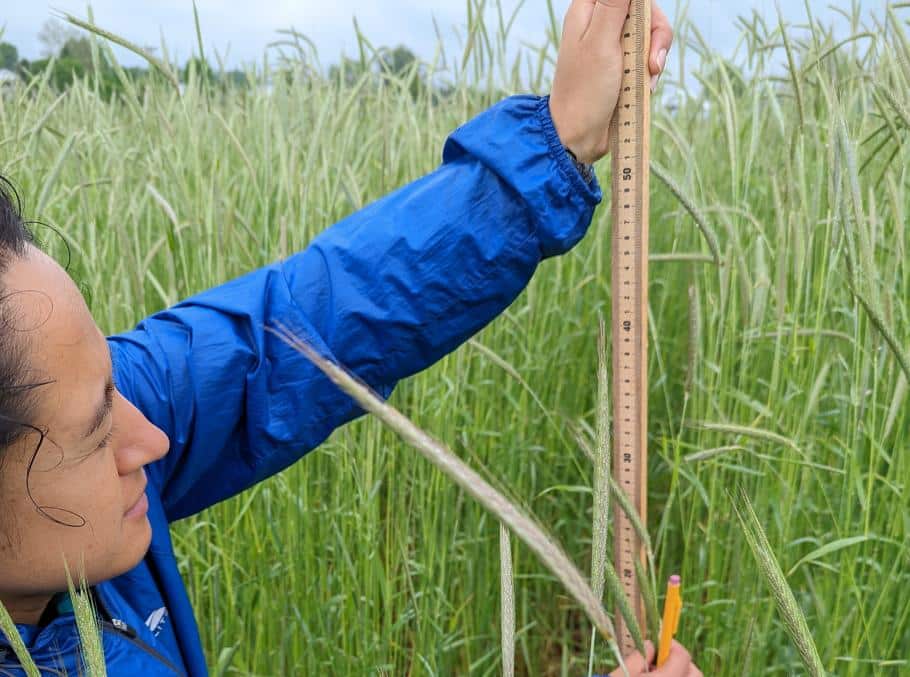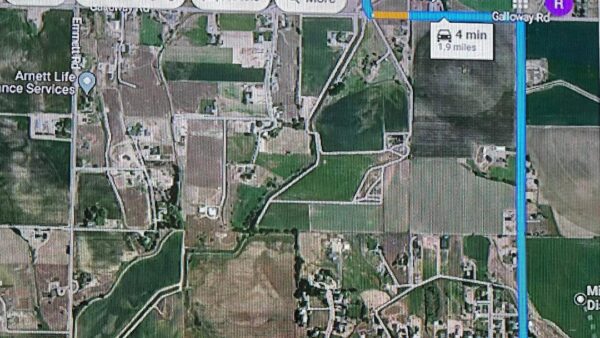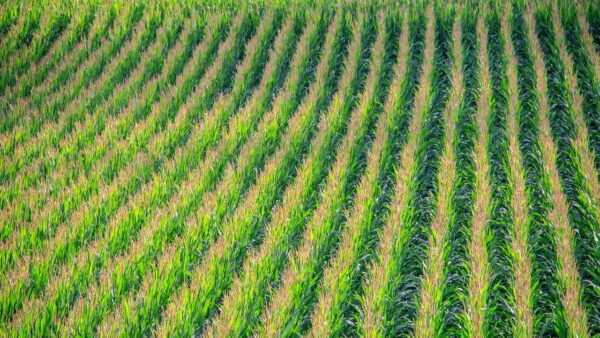A two-year study of farms in the U.K. found that common bumblebee species saw significant population growth where targeted, bee-friendly planting schemes were in place.
A number of ‘agri-environment’ schemes have been introduced in the U.K. to try to halt and reverse the decline of bumblebees, whose numbers have been falling because of changes in agricultural practices that have largely removed flowers from the landscape, leaving the bees with little to feed upon.
Plants were chosen for their popularity with foraging bees and included common bird’s-foot trefoil (Lotus corniculatus), common knapweed (Centaurea nigra), red clover (Trifolium pratense) and Alsike clover (Trifolium hybridum).
University of Sussex researcher Thomas Wood, supervised by bumblebee expert Dave Goulson, compared farms with and without HLS schemes to measure the abundance of bumblebee colonies.
He found significantly greater numbers of common bumblebees on HLS farms and, crucially, evidence of far higher nesting density, indicating population growth.
This is the first evidence that these schemes can actually boost the size of bumblebee populations.
The study results are published in the journal Molecular Ecology.










